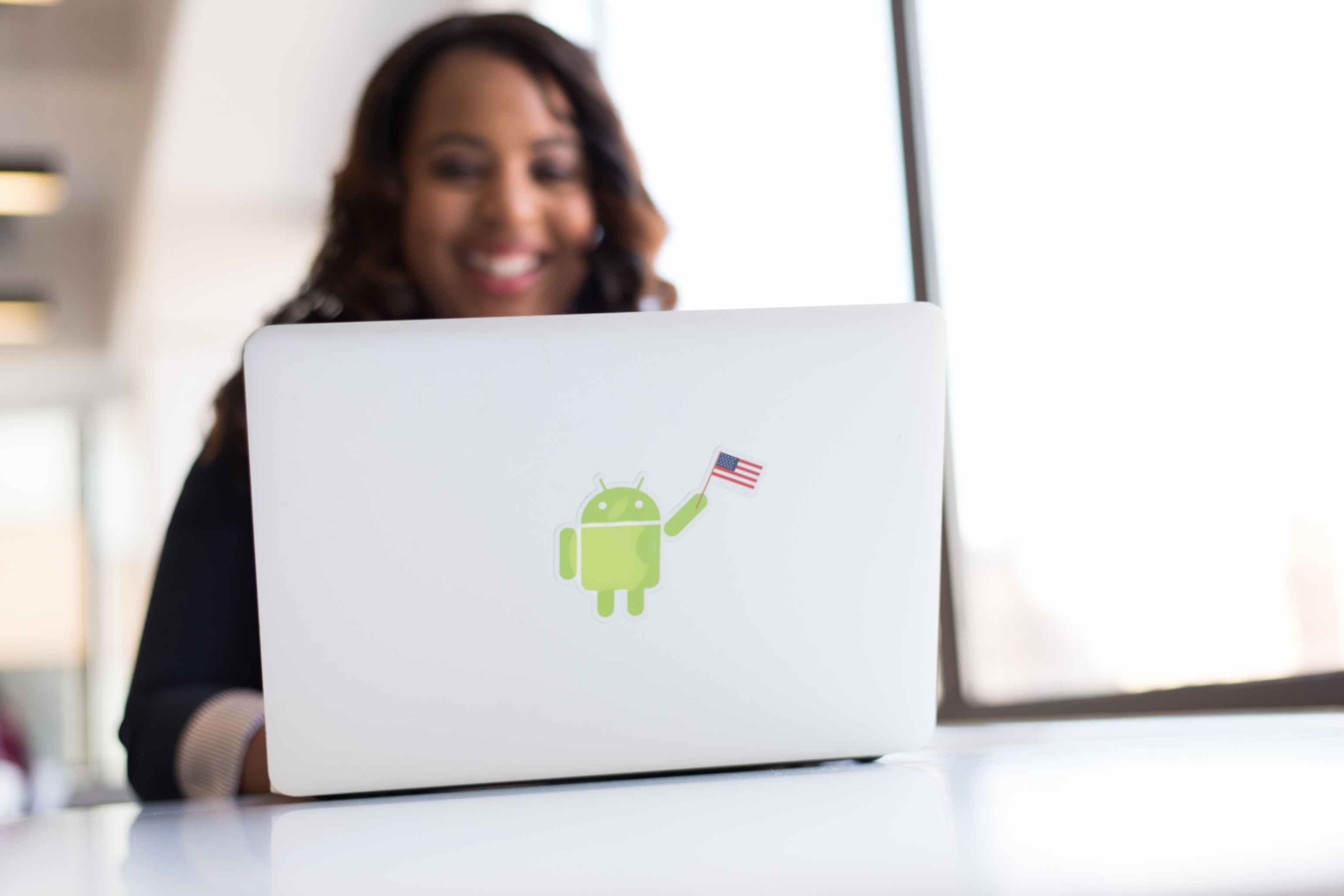QR Code Best Practices: Design, Placement, and Usage Tips
Jonathan Palley
Aug 11, 2023
QR codes have evolved far beyond their traditional black-and-white designs.
The opportunity this simple technology offers for boosting user engagement and conversion rates has led to a new focus on QR code design, placement, and usage strategies.
In this blog, we'll dive into the best practices that can help you make the most out of these dynamic tools.
Understanding Customization in QR Code Generator Hub
The real magic of QR codes lies in their ability to complement functionality with aesthetic appeal.
Thanks to the advanced features offered by the QR Code Generator Hub Shopify app, you have the power to create QR codes that not only work flawlessly but also reflect your brand's unique identity.
Take note, this app is completely free to use for Shopify merchants. So whether you are a small or established business, you can greatly benefit from using this app.
Let's delve into the customization options at your fingertips:
- Logo: Adding a logo to your QR code instantly adds a personalized touch. Whether it's your company logo or an icon that signifies the QR code's purpose, the QR Code Generator Hub app for Shopify lets you experiment with shapes, shadows, and sizes to find the perfect fit.
- Color: Colors are the language of branding, and your QR codes can now speak it fluently. Selecting the right foreground and background colors ensures not only a visually pleasing design but also a code that's easy to scan. Explore gradients and match colors with your brand's palette effortlessly.
- Text: Sometimes, a little context can go a long way. The QR Code Generator Hub app lets you seamlessly integrate text into your QR codes. Whether it's a catchy call-to-action or a brief description, adding text ensures users understand the purpose of the code before scanning.
- Shape: Why limit QR codes to the conventional square shape? The QR Code Generator Hub app introduces a variety of shapes to choose from. Whether it's a star, a heart, or a pattern that aligns with your brand, these shapes add a touch of uniqueness to your QR codes.
- Frame: Frames aren't just for pictures; they're now an integral part of QR code design. The QR Code Generator Hub app provides various frame options that add an extra layer of visual appeal to your codes.
Leveraging these customization features helps you develop QR codes that are more than just a means to an end.
QR codes can also become a part of your brand narrative, conveying not only information but also a sense of identity.
Experiment, create, and elevate your QR code strategy with the QR Code Generator Hub's dynamic customization options.
Best Practices for QR Code Creation and Usage
When it comes to dynamic QR code usage, a strategic approach can significantly enhance user engagement and drive desired actions.
Here are ten best practices to consider:
- Simplicity Is Key - Keep your QR code design uncluttered and easy to scan. A clean design with ample contrast between foreground and background colors ensures a smooth scanning experience.
- Mobile-Friendly Landing Pages - Direct users to mobile-responsive landing pages. Ensure that the pages they land on are optimized for various devices, providing a seamless browsing experience.
- Prominent Placement - Where you place your QR code matters. Opt for visible locations that align with the context of your message, such as product packaging, promotional materials, or advertisements.
- Prioritize Context - Accompany your dynamic QR code with clear instructions. Let users know what they can expect after scanning, whether it's a discount, additional information, or exclusive content.
- Optimize the Size - QR codes should be large enough to scan comfortably but not so large that they dominate the design. Strike a balance that makes them noticeable without overpowering the visual.
- Testing and Quality Control - Always test your QR codes before printing or publishing. Ensure that they scan correctly and lead to the intended destination. A malfunctioning code can lead to frustration.
- Shorten URLs - If your QR code contains a URL, use a URL shortening service to create a cleaner, more manageable code. Long URLs can make codes more complex and challenging to scan.
- Regular Updates - If your QR code leads to dynamic content, like a webpage or an app, make sure to update it when necessary. Stale content can lead to disinterest among users.
- Analytics and Tracking - Employ QR code tracking tools to monitor their performance. Analyze data to understand scan rates, user behavior, and the effectiveness of different campaigns.
- Educate Users - Not everyone may be familiar with QR codes. Include a brief explanation of how to scan them, which apps to use, and the benefits they can gain from scanning.
Conclusion
By following these QR code best practices, you can amplify your brand's presence and provide users with a seamless, visually appealing experience.
As QR codes continue to evolve, mastering their design, placement, and usage will be a valuable asset in your marketing arsenal.
If you’d like to learn more about how to customize QR codes using QR Code Generator Hub App, feel free to check out this video or our blog posts.



